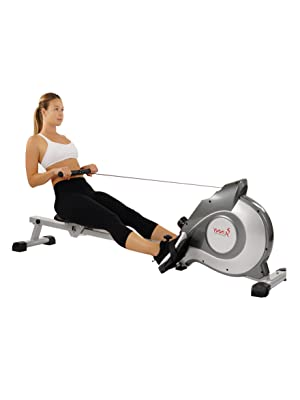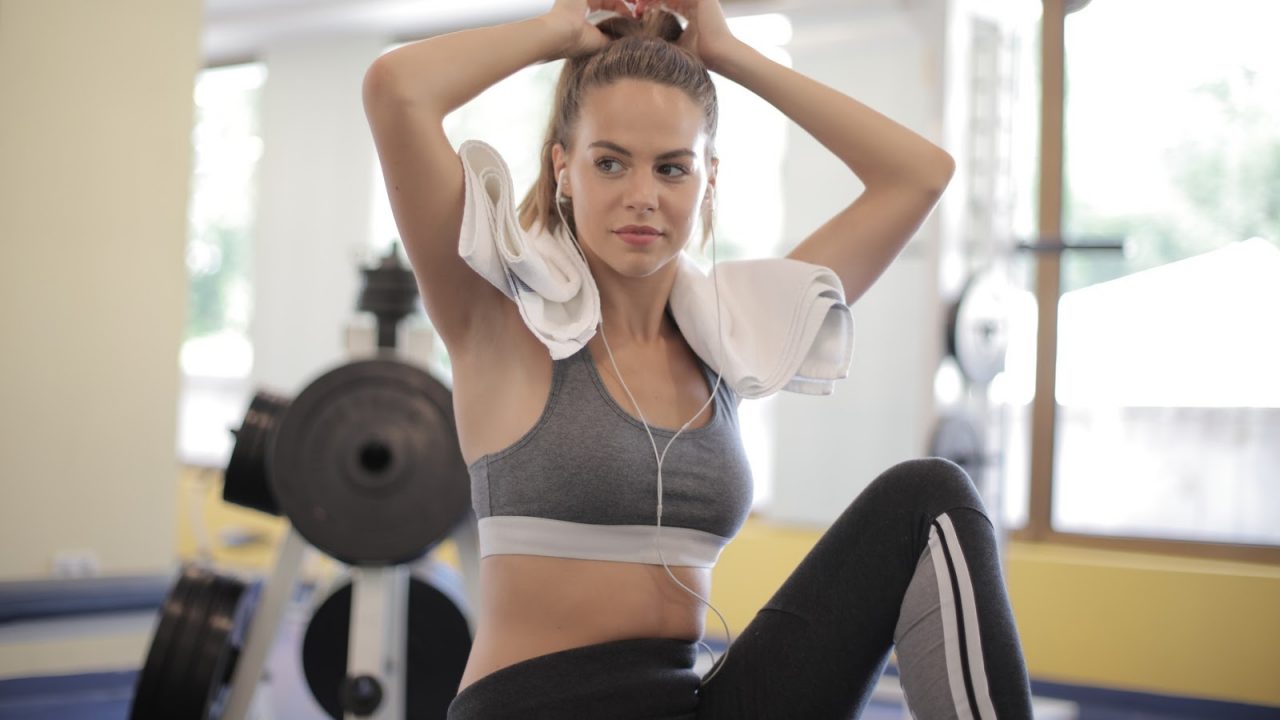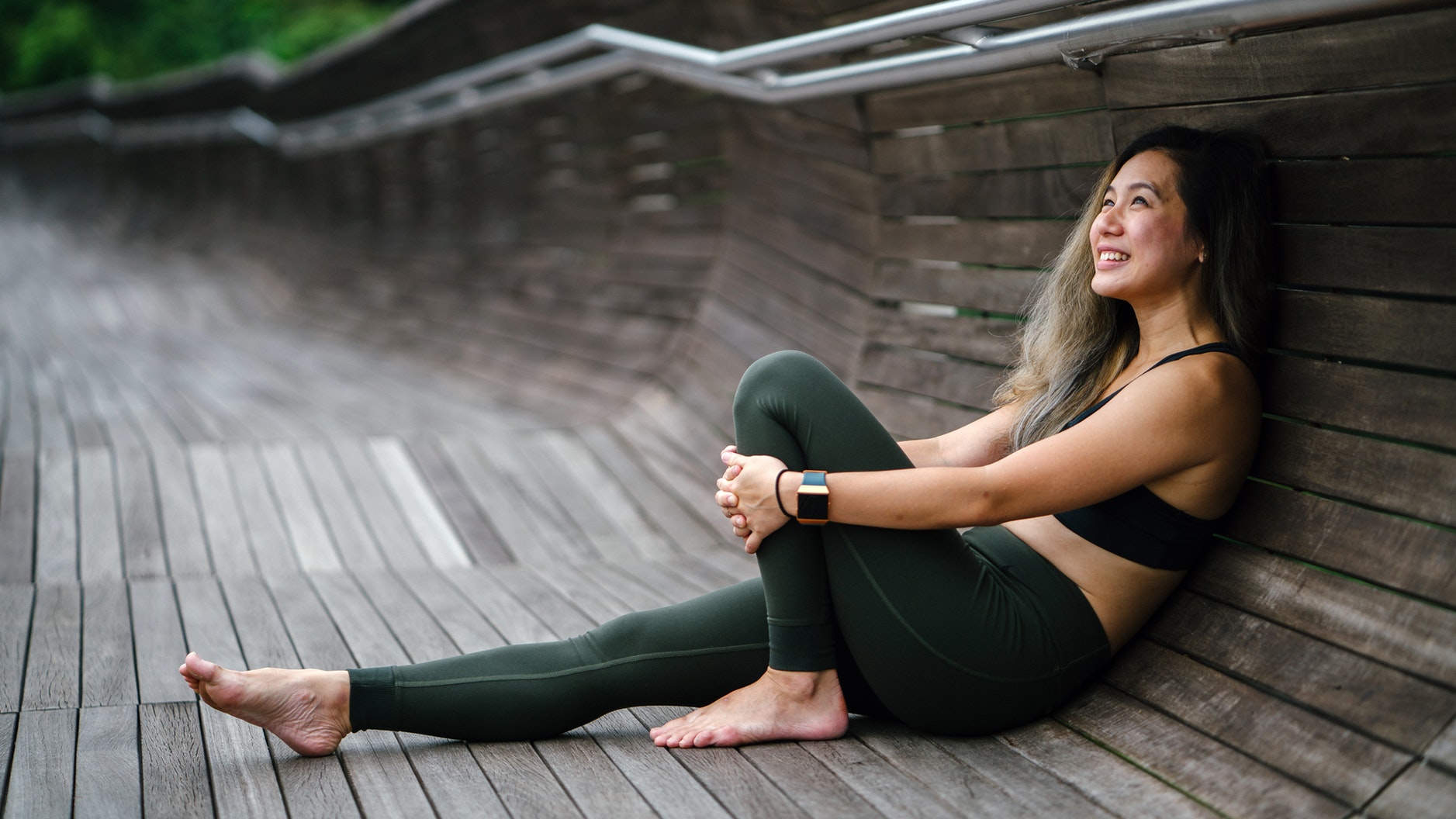Perhaps you have always noticed the rowing machine in the corner of the gym, getting ignored and gathering dust. And then one day, your gym begins offering rowing classes. You don’t have to like boats or canoes to enjoy a good rowing workout. If you knew that using a rowing machine works out up to 86 percent of your muscles, would you start using it more?
The benefits of rowing exercises go beyond just muscle toning and strengthening, however; rowing is also great for weight loss, and for the heart and lungs. Read on and get ready to start rowing!

Reap the Benefits of a Rowing Workout
A rowing workout is great for endurance, strengthening and toning muscles, fat-burning, and cardiovascular health. Below is a list of the benefits of rowing which should motivate you to include the rowing machine into your regular routine.
Rowing gives you a total-body workout
Rowing does not only work the arms and upper body. It’s actually at least 65% leg work and up to 35% upper body work, according to the American Fitness Professionals Association (AFPA).
When you decide to jump into the rowing bandwagon, you can expect to feel that familiar burn in your pectorals, arms, abdominals, obliques, glutes, quadriceps, and calves.
It’s a low-impact cardio and strength-training exercise
People with certain conditions, such as osteoarthritis or other joint problems, typically can’t perform high-impact exercises, such as running. Rowing is a great alternative because it also burns a lot of calories but does not cause stress on the joints.
The kinetics of rowing actually allows for flexible control of your movements and pace, and have also been found to improve rotational mobility of the joints in the shoulders, elbows, lumbar region, and knees. In comparison, high-impact cardio exercises usually increase the risk of joint aches and injuries.

Better than using the treadmill or elliptical in many ways
The treadmill mostly works out the muscles of the lower body; the elliptical uses the muscles of both the upper and lower body. The rowing machine, on the other hand, will give your upper body, abdominals, and lower body a good workout.
If you’re thinking of buying workout equipment for your home, a rowing machine is a great option because it can be folded up and stored when not in use; it’s also quieter and cheaper than a treadmill.
It’s beneficial to your heart and lung health
As an intense, full-body workout, rowing will have you huffing and puffing in no time – this is why it’s such a great cardiovascular exercise.
As your heart rate increases and your breathing becomes faster and deeper, you also increase the amount of oxygen in your blood. Regular cardio exercise conditions your body to use oxygen more efficiently, an ability referred to as aerobic capacity.
Rowing exercises will help increase your aerobic capacity, which translates into a more efficient delivery of oxygen by your heart, lungs, and blood vessels throughout your body. When you have a high aerobic capacity, your energy levels do not go down quickly, which means that you don’t get tired easily.
It can induce a meditative state
The smooth and repetitive gliding motion of rowing can be meditative, whether you’re actually in the water or on a rowing machine in a crowded gym. And as with all forms of exercise, you will also experience a rush of endorphins, which will let you escape from your mental stresses and further boost your sense of tranquility.
It’s great for everyone
No matter what your fitness level is, you can easily incorporate a rowing workout into your exercise routine. Rowing is actually an ideal exercise for people with sight and/or hearing impairments.
Maximize the Benefits of Rowing with These Tips
Especially if you are new to rowing, the following tips will help you get the most out of your workout.
- Make sure you maintain proper form and posture. You’ll know you’re doing it wrong when the routine seems too easy and/or you feel aches in your joints and lower back. Lower back pain is the most common injury among rowers.
- Make sure you engage your abdominal muscles with every stroke. This will ensure that your spine will not overcompensate and bear all the strain of your movements.
- Always alternate between pushing with your legs and leaning back; do not do both at the same time. The correct way to row is to push with your legs first; tighten your abdominal muscles and lean back; and then pull your arms back toward you.
- As with any new routine, you’ll know it’s time to stop when you find it difficult to maintain proper form due to muscle tiredness.
- Rowing exercises and other strength-training exercises should be done on different days. Experts do not recommend following an intense strength-training workout, such as high-load weightlifting, with a strenuous rowing session. Overexertion will increase your risk for injury.

Benefits of Rowing – Final Thoughts
With a great rowing workout, you can do a combined cardio and strength-training exercise. It’s a full-body workout that engages 86% of your body’s muscles, and the many benefits include improved endurance; stronger and toned muscles; weight loss; and better cardiovascular health.
The rowing machine is a great alternative to the most commonly used exercise equipment, such as the treadmill and elliptical machine. And you won’t have to wait long to use it at the gym – unless, everybody else has also discovered the powerful workout you can get from a single rowing session.



